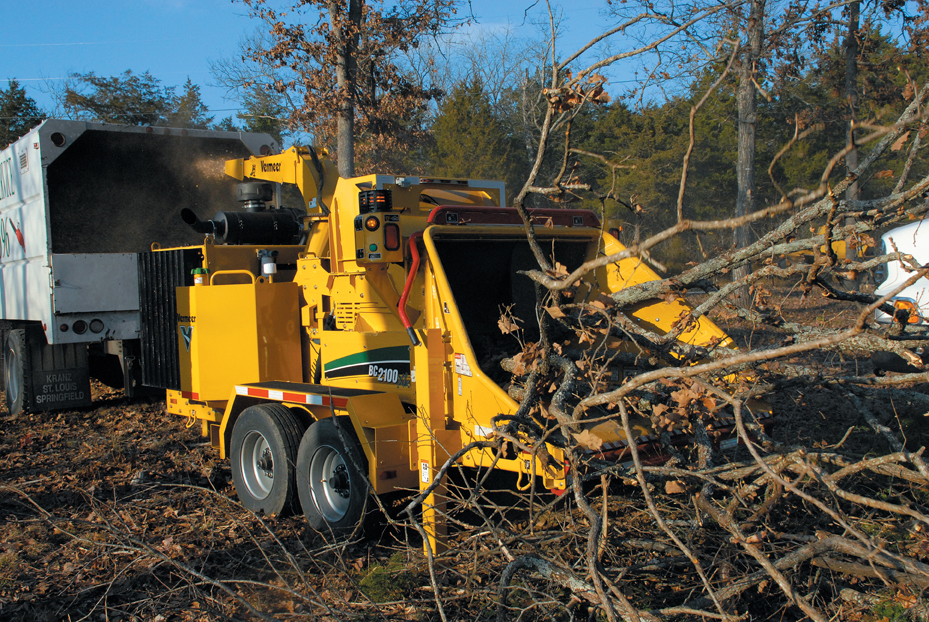Article provided courtesy of North American Training Solutions
As with any arboricultural operation, a pre-job briefing is crucial for success in terms of safety, efficiency and productivity. However, right-of-way (ROW) jobs often involve special considerations not usually found on the typical jobsite.
Overhead lines
By definition, ROW jobs involve some type of utility, often overhead lines. Even though they are the reason for the work, often they can be forgotten or underestimated. Be sure the crew is aware of the nominal height of the lines and takes into account terrain. A tree 50 feet (15.2 m) high in one area may be considerably closer to the same line only a few spans distant, due to gullies, hillsides or other terrain features. This can work for or against the crew, as the lines can be considerably “closer” — or conversely — “higher,” dictating the ultimate size/height of the work area. Also be aware of lines and/or utilities that may cross the primary ROW, but are not included in the scope of the work. These lines pose as much hazard as the ones that are being cleared.
Remote locations
Oftentimes ROW crews are in the middle of nowhere when working. Make sure that a system for directing emergency personnel to the proper area is in place. Relying on street addresses and major intersections — as in residential work — may not be possible, and utility numbers will be of little help to those who do not have a utility map. GPS coordinates can be useful, but congruent mapping data systems must be used, and a GPS transceiver must be present and working and have a clear view of the sky.
The ROW crew must also have a means to communicate with the outside world in remote locations. Don’t assume that a cell phone will always have reception. Check reception at the start of the job and frequently throughout the day as crew location changes. Be aware of how terrain will affect radio and cell reception as well. Good reception at the top of the hill during the safety briefing does not guarantee similar reception down in a ravine where the work is going to be performed.
Difficult terrain
Many ROW jobs include a wide variety of terrain. One section of line may start out flat and easy with plenty of access only to go straight up a mountain. Equipment, techniques and workers must be up to the challenge. Fatigue can become a huge factor in overall safety and decision-making. Moving up and down steep hills or through muddy swamps requires additional effort and will take its toll on tree workers.
Also, because of inaccessibility, motorized equipment may not be available and/or may need to be highly specialized. Make sure the work plan includes the increased labor and/or the ability to safely operate specialized tools or equipment used in difficult terrain.
Conclusion
ROW work involves many of the same hazards and considerations as residential tree work. However, there are many specialized conditions not found on the normal jobsite. We have addressed briefly just a few of these. When ROW jobs are started, be sure to conduct job briefings as often as necessary to suit the needs of the crew, the terrain, the utilities and the work to be completed. Address safety and emergency procedures, and include all the special considerations that ROW work may entail.
